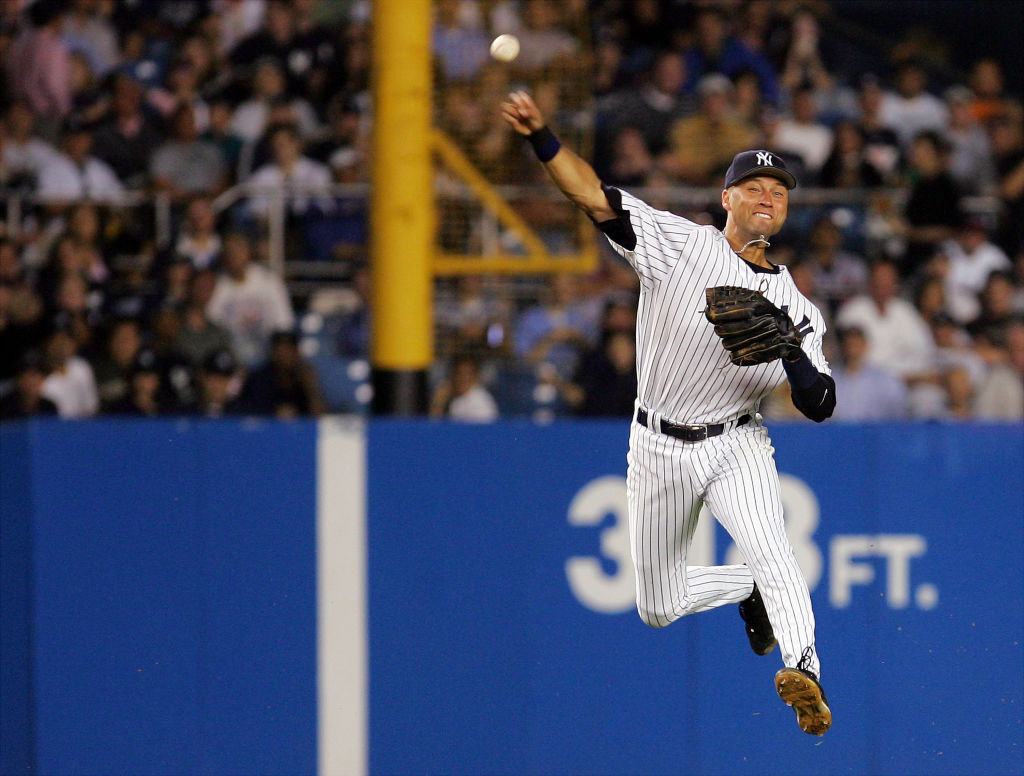MLB
Why Aren’t There Any Left Handed Catchers (Or Shortstops) in Baseball?

Baseball is a game where all of the little details matter. From the way that a bat is prepared for a player to the mud that the balls are rubbed in before every game, everything has to be as close to exact as possible. This stretches out into the games, as well.
While some fans may not realize it, a player’s dominant hand can be the difference between them being able to play certain positions or not, and there’s a science to back up why this is.
Left-handed catchers in baseball?
Left and right-handedness mean a lot in baseball. A player who bats left or right is typically giving away the area that the ball will fly do, and a pitcher’s hand might be an advantage or disadvantage, depending on who is up to bat. In the case of catchers, shortstops, and third basemen however, the hand that someone uses to throw cannot be ambidextrous all the time.
There are exceptions in which players have played these positions left-handed, but the fact remains that these are few and far between. A catcher and shortstop’s mobility is limited by being left-handed.
While a right-handed thrower will naturally be in the position to get the ball where it needs to be, a left-handed thrower’s awkward range of motion and form adds precious milliseconds to a play in a game where every tiny thing counts.
Another disadvantage to left-handed throwers is how they are brought up, too. Seeing as left-handed catchers are taboo, the market for left-handed catchers’ mitts are a major reason why left-handed throwers tend to throw right.
Baseball is about tradition, and even if there could be theoretical exceptions to the rules against left-handed catchers, baseball stands firm in employing right-handed ones to do the job.
Exceptions to the rule
Benny Distefano briefly tried to play catcher as a lefty, but immediately saw the problem once he got to the more competitive levels of play. He explained the difficulty to the New York Times.
“Bunts toward third base cause problems for left-handed catchers,” he said (per BaseballHall.org).
“In scampering to grab the ball, transferring it to their left hand and throwing it to either first or second base, their bodies get closed and clumsy. Throws for right-handers are far more open and natural.”
Jack Clements made a career of throwing lefty as a catcher, and to this day is the only 1,000-game catcher to do so. According to legend, Clements was able to hold off throwers, although the timing of his career, which lasted from 1894 to 1900 makes it hard to know for sure. While others have tried to make it as lefties, they inevitably go back to their right hands as a result of these difficulties.
Despite this disadvantage, however, there are still plenty of left-handed legends in Major League Baseball’s history books.
Are lefties better?
Despite the disadvantages in some positions, some have theorized that lefties are superior players. Aerospace engineer David Peters theorized the science behind this in a 2010 interview with Newsweek.
“Twenty-five percent of players are left-handed, where in real life only 10 percent [of people] are left-handed, so that’s proof that they are two-and-a-half-times better,” Peters said.
He went on to explain that left-handed batters have a better range of vision when getting ready to hit and that similar advantages exist for pitchers, too.
While there may not be more than one Jack Clements, there are. From Babe Ruth and Lou Gehrig to Ty Cobb and Ted Williams, several of the biggest names in baseball showed that there is a place for them, even if it is not behind the plate on defense. Baseball is a game of minutia, and that minutia helps to dictate exactly where the advantages and disadvantages lie out on the field.











